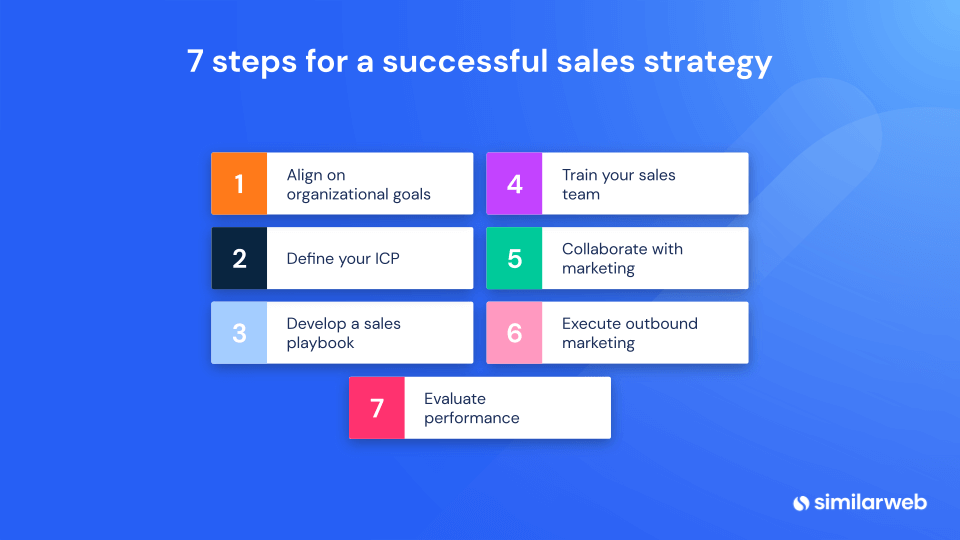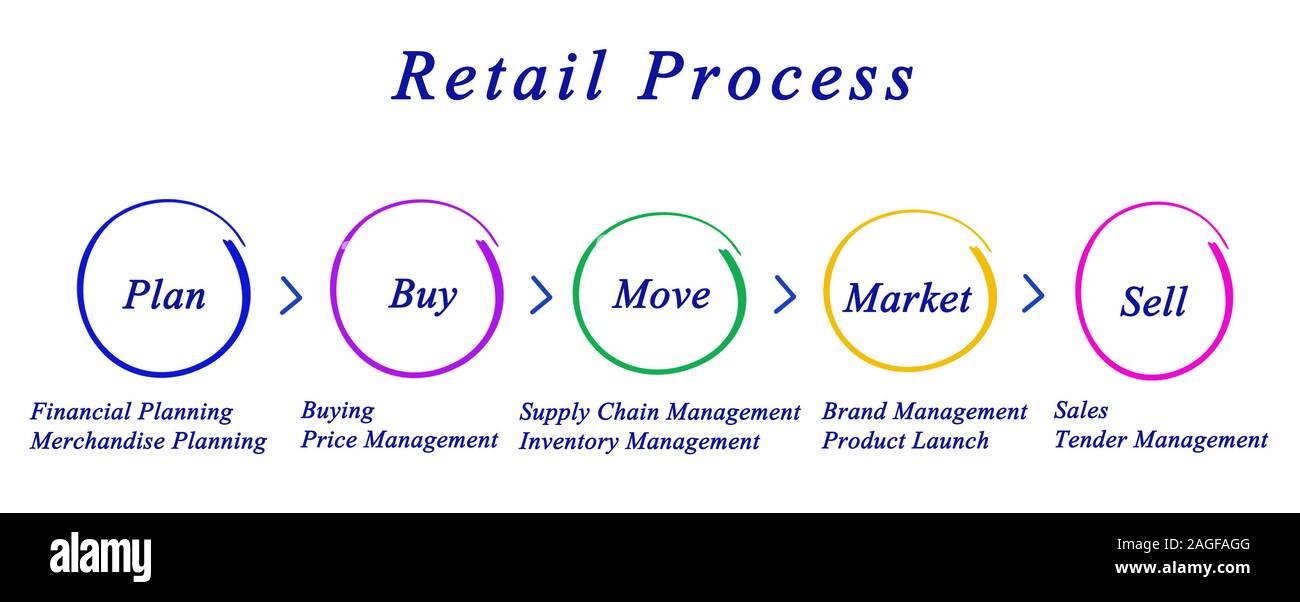What Is Not A Step To Successful Retailing

In the complex world of retail, understanding what *not* to do can be just as crucial as identifying best practices. While countless articles and seminars tout the steps to retail success, less attention is often given to the counterproductive strategies that can lead to stagnation or even failure. Ignoring these pitfalls can be detrimental to businesses of all sizes.
This article examines several common misconceptions and ineffective approaches that undermine retail success. By understanding these negative steps, retailers can better focus their efforts on strategies that drive growth and customer loyalty. This is based on observations from industry reports and expert analyses.
Ignoring Customer Feedback
A significant misstep is consistently disregarding customer feedback. Retailers who fail to actively solicit and respond to customer opinions are essentially operating in a vacuum. This can create a disconnect between what the business offers and what consumers actually desire.
Implementing systems for gathering feedback, such as surveys or online review monitoring, is vital. Equally important is acting on this information to improve products, services, and the overall customer experience. Ignoring negative feedback signals a lack of care for the customer's perspective.
Neglecting Employee Training
Another detrimental practice is inadequate investment in employee training. The frontline staff are often the face of the business. Poorly trained employees can provide subpar service, impacting customer satisfaction and brand reputation.
Comprehensive training should cover product knowledge, customer service skills, and company policies. Ongoing training and development can also boost employee morale and retention, contributing to a more positive and efficient work environment. A well-trained employee ensures customer satisfaction.
Failing to Adapt to Technological Advancements
In today's rapidly evolving marketplace, neglecting technological advancements is a critical mistake. Retailers who resist adopting new technologies risk falling behind their competitors. This also includes those who refuse to take advantage of the internet or AI.
Embracing e-commerce platforms, utilizing data analytics, and implementing mobile payment options are examples of necessary adaptations. Staying current with technological trends can improve efficiency, enhance customer experience, and drive sales growth. Don't let the opportunity slip away.
Underestimating the Importance of Visual Merchandising
The physical appearance of a retail store plays a crucial role in attracting and engaging customers. Retailers who underestimate the importance of visual merchandising miss a valuable opportunity to influence purchasing decisions. A store is an important part of the business.
Effective visual merchandising involves creating appealing displays, optimizing store layout, and ensuring a clean and organized environment. These elements contribute to a positive shopping experience, encouraging customers to browse and make purchases. Visuals have a big role.
Over-Reliance on Discounts and Promotions
While discounts and promotions can be effective in the short term, over-reliance on these tactics can be detrimental in the long run. Constantly offering discounts can devalue the brand and train customers to only purchase items when they are on sale. The strategy should be more than just about sales.
Focusing on building brand loyalty through superior products, excellent customer service, and unique experiences is a more sustainable approach. Discounts should be strategic and targeted, rather than a constant crutch. Keep the customer coming back.
Poor Inventory Management
Inefficient inventory management can lead to both lost sales and excess inventory costs. Retailers who fail to accurately track inventory levels risk stockouts, resulting in frustrated customers. Or, on the flip side, have to deal with excess inventory.
Implementing inventory management systems and regularly analyzing sales data are essential for optimizing stock levels. Proper inventory management ensures that the right products are available at the right time, minimizing waste and maximizing profitability. Make sure to analyze.
Neglecting the Online Presence
Even retailers with physical stores cannot afford to neglect their online presence. In today's digital age, many customers research products and businesses online before making a purchase. Ignoring this online reality is a critical error.
Maintaining an active and engaging online presence through a website, social media, and online advertising is essential for reaching a wider audience. A strong online presence can drive traffic to both the physical store and the online store. The Internet is your friend.
Ignoring Market Trends and Competition
Failing to stay informed about market trends and competitor activities is a recipe for disaster. Retailers who operate in isolation risk becoming irrelevant and losing market share. You need to be informed about current times.
Regularly monitoring industry publications, attending trade shows, and analyzing competitor strategies are crucial for staying ahead of the curve. Adapting to changing consumer preferences and competitive pressures is essential for long-term success. Stay up to date.
In conclusion, while numerous strategies contribute to retail success, avoiding these counterproductive practices is equally important. By prioritizing customer feedback, investing in employee training, embracing technology, optimizing visual merchandising, managing inventory effectively, and staying informed about market trends, retailers can pave the way for sustained growth and profitability. It's about the things you shouldn't do.


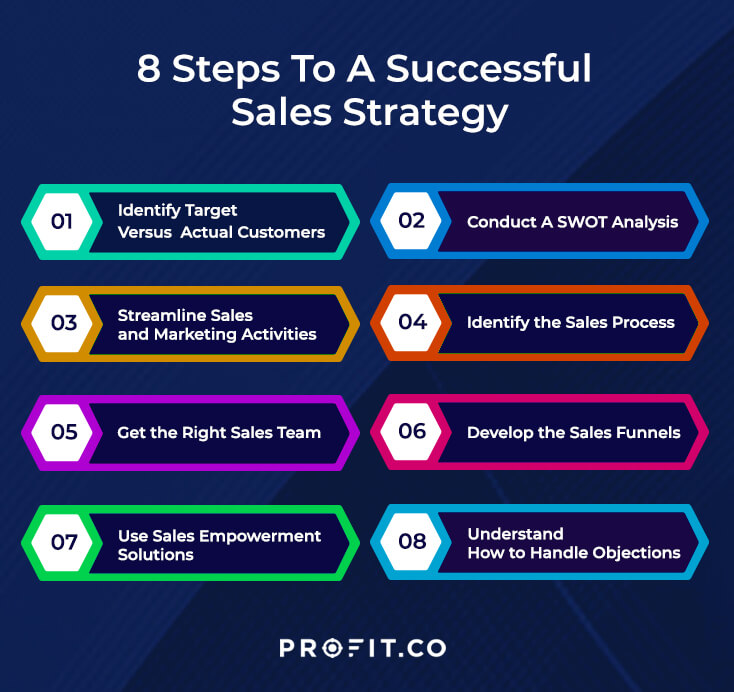
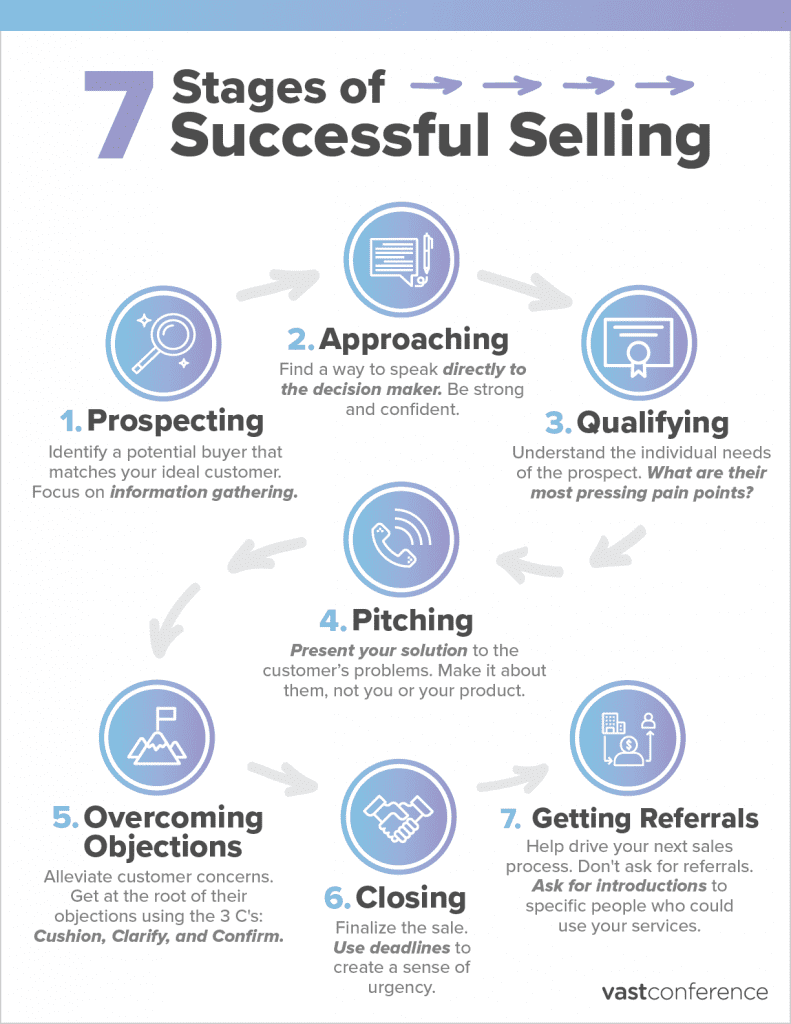

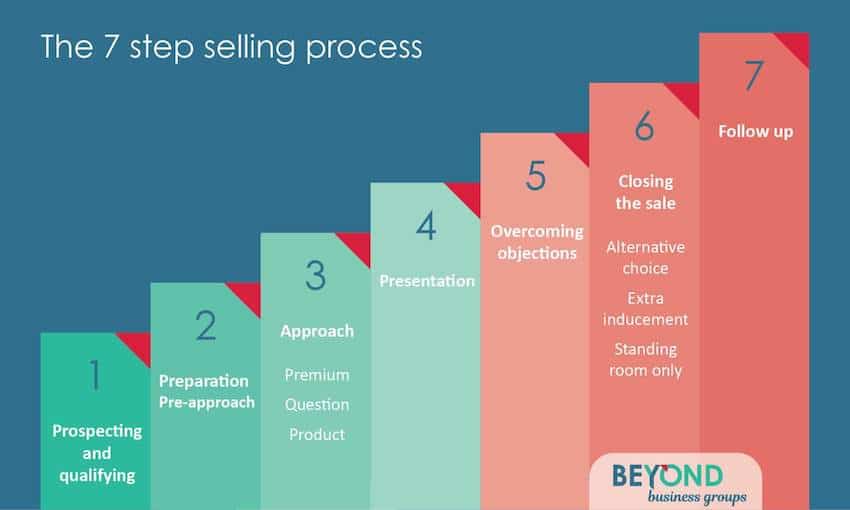

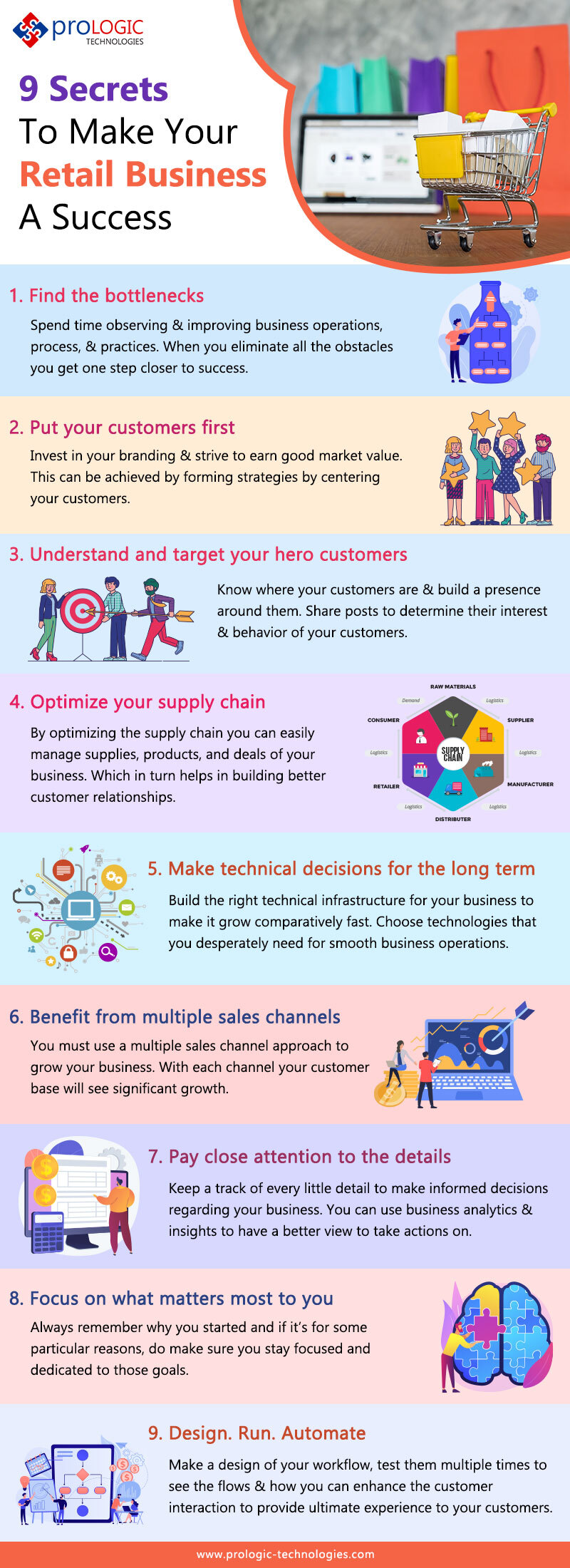
.jpg)
